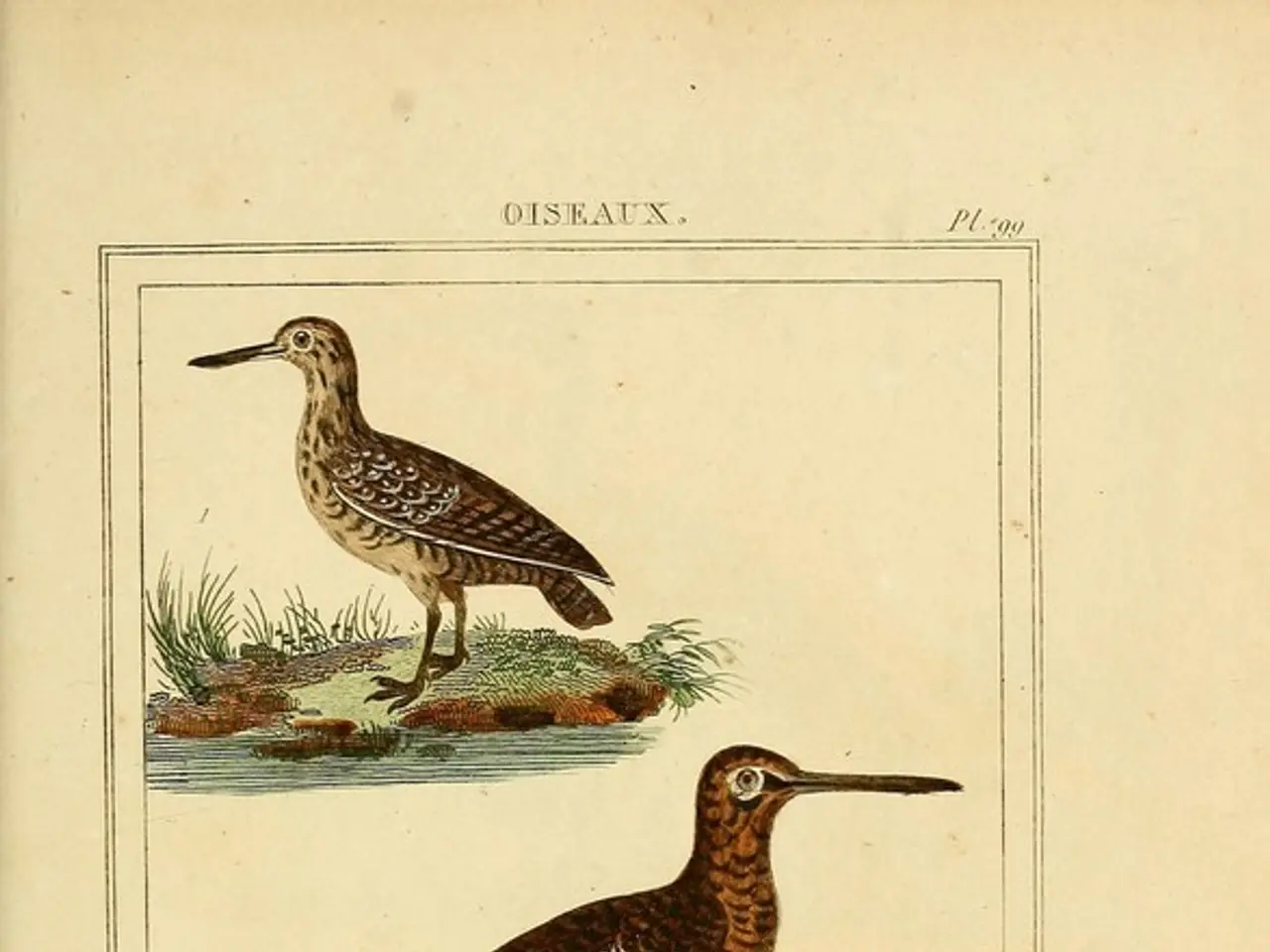Revival of the Extinct: Can Long-Lost Species Be Resurrected Today?
In a groundbreaking development, Stewart Brand, the founder of the Whole Earth Catalog, has advocated for humanity's responsibility to address the "hole in nature" caused by extinct species and to dedicate efforts towards their revival. This call to action has sparked the de-extinction movement, a concept that has gained traction among conservation biologists and environmentalists in recent years due to advancements in technology.
At the forefront of this movement is Revive & Restore, a project of Stewart Brand's Long Now Foundation. This organisation is leading the charge in bringing back extinct animal and plant species, with a focus on the passenger pigeon, European aurochs, Pyrenean ibexes, American chestnut trees, Tasmanian tigers, California condors, and wooly mammoths.
The de-extinction movement aims to preserve biodiversity, undo past harm, restore ecosystems, and advance the science of preventing extinctions. The criteria for a species being a good candidate for revival include its desirability, practicality, and feasibility of re-wilding.
The passenger pigeon is the first species Revive & Restore is focusing on, with the goal of reintroducing it to the natural environment. To achieve this, the organisation is sequencing the DNA of the band-tailed pigeon, the passenger pigeon's nearest living relative, and gathering DNA from over 1,500 preserved passenger pigeon specimens.
The cloning of the Pyrenean ibex in 2003 marked the official start of the de-extinction movement. Spanish researchers cloned a living Pyrenean ibex using frozen tissue from the last one that had died three years earlier. However, the cloned Pyrenean ibex lived for only 10 minutes due to common problems in early cloning efforts.
Revive & Restore is collaborating with researchers globally to create a list of potentially revivable species. The organisation is also anticipating significant progress in the next decade due to increased focus from geneticists, conservation biologists, and environmentalists.
While the de-extinction of the wooly mammoth may take multiple generations, Brand believes it is a worthwhile endeavour. Currently, Revive & Restore is not focusing on the wooly mammoth but is working on other extinct species, such as the passenger pigeon.
In 2012, Revive & Restore was involved in reviving the extinct migratory butterfly, with the NGO "Schmetterlingswiesen" breeding and reintroducing the butterflies into their natural habitats.
The de-extinction movement has transformed from theory to a possible reality due to advances in genetic sequencing and molecular biology. As we continue to make strides in this field, the prospect of bringing back extinct species becomes increasingly promising.








